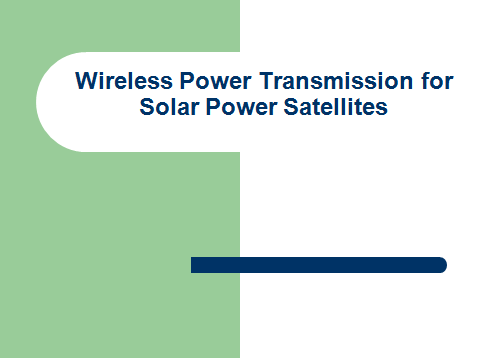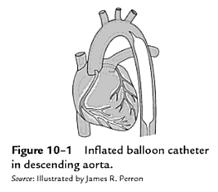Introduction to brain machine interface:
In this paper, we will see how the brain machine interface is made and how the capabilities of the human being can be extended. We will about the advantages of using brain machine interface and the problems faced by this.
The capabilities of a human being are limited and a capability of a machine is higher but it cannot think of its own. Research is going on for making a machine to interface with the brain by which the capabilities of a human being are far extended.
Brief on brain machine interface:
The human brain takes decisions based on the impulses generated in the body and in a human body we find millions of neurons which generate impulses. So a chip is designed and it is placed in the human body and it is made to integrate with the nerve fibers. The chip is interfaced with a remote computer outside.
The chip senses the impulses generated in the body and performs the tasks with the help of the remote computer or the server located outside. The chip is designed by using nano technology and it is constructed in such a way that it can generate the power required for it through heat generated in the body or by the flow of blood circulation.
The chip has successfully placed a body of professor in a university and he could control the appliances without lifting his hand from a given range.
Proposed Brain Systems in Future:
The proposed brain machine interface chip can be very helpful to make the organisms to work properly for the paralyzed patients. By using brain machine interface the human capabilities gets increased a lot and many technological advancements can be made.
But due to this there may differentiation in between the persons who are using the interface chips and the normal human being. All details about this system explained in the given ppt presentation.
Computer lovers can easily download brain System Technical Paper to improve their knowledge on Brain Machine Interface Application.


